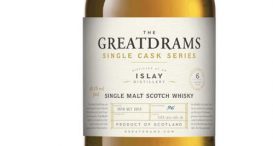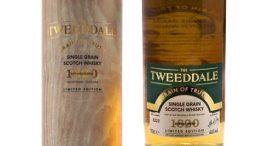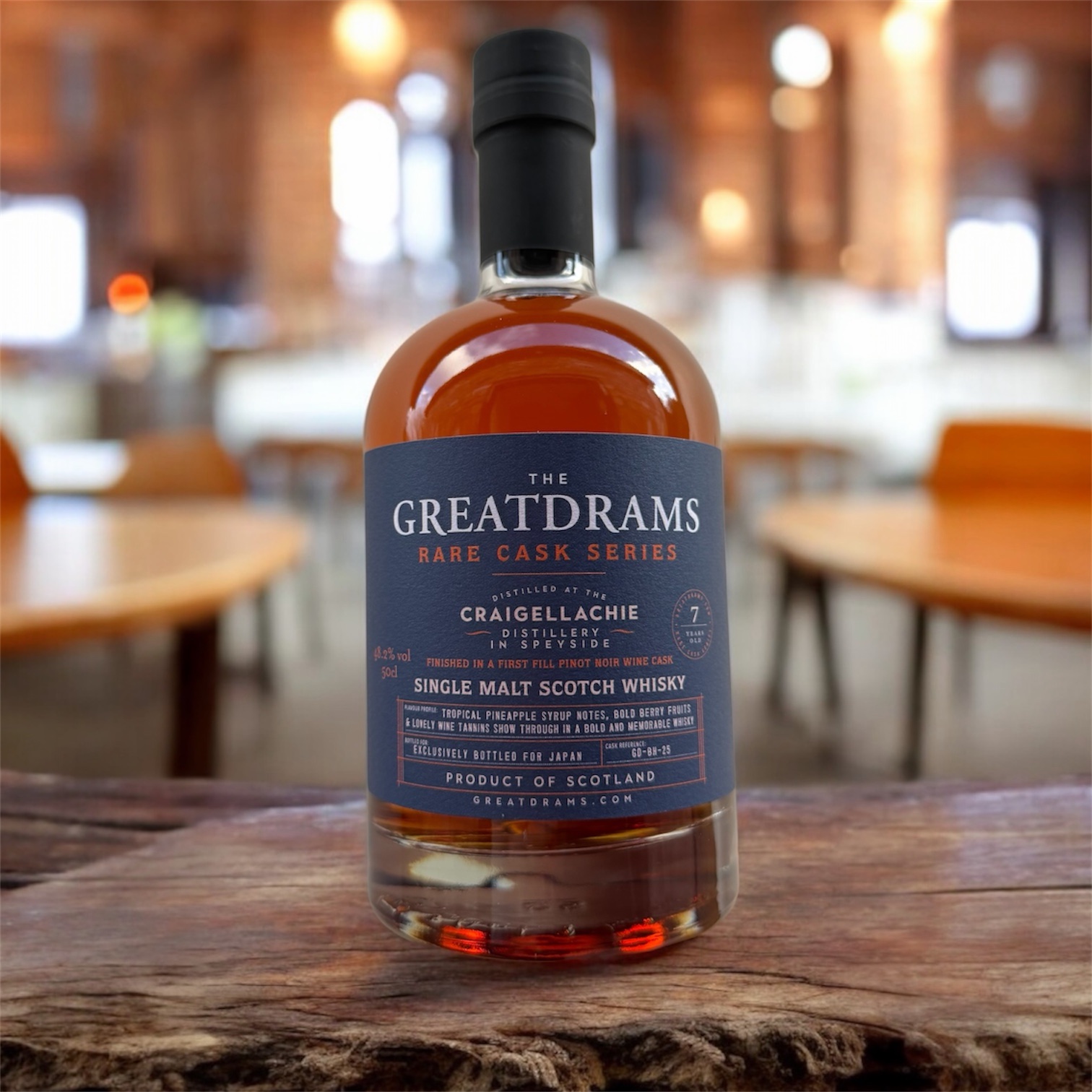A Look at the Future of the American Whiskey Market
let’s begin
If only we could all look into the future. We could maybe see why one drink was definitely a better choice than two or why staying away from that kebab shop might be a good idea.
Unfortunately we can’t look into our own futures, but we can take a long gaze into the future of the American Whiskey market and where it might be headed. And with thanksgiving coming up, we take a look at three areas of growth that the American Whiskey marketcan be thankful for.
We talked to Jared Himstedt, Head Distiller at Balcones Distilling to get his take on it.
new distillers
With the huge increase in popularity that the Whiskey market is seeing on the whole at the minute, it is no wonder that more and more distilleries have been popping up all over the US.
Himstedt says, “I think it’s a really exciting time for American Whiskey. We are seeing the proliferation of smaller producers, and the innovation that comes with that.”
With so many new distilleries appearing, there is lots of room for fresh ideas and enterprising thinking.
From maturation styles, to ingredients, every part of the Whiskey making journey has room for movement and experimentation.
Distilleries and brands like Tuthilltown Spirits, Corsair Artisan Distillery and Balcones are making leaps in how we look at Whiskey and how we appreciate it.
Himstedt describes the phenomenon, “Not everything will work, but the new approaches and techniques applied will bring fresh expressions to consumers. We will get to try whiskey made with new ingredients, new yeasts choices, fermentation parameters and barrel options that are already changing the global landscape.
Regionality will continue to expand and define what kind of whisky specific climates want to make. American distillers are also committed to exploring whiskey styles that are less traditionally American, such as Single Malt, which is fun.”

New Flavours and Styles
As well as new distilleries, there is a burgeoning movement of new flavours and styles.
America, unlike Scotland, does not currently have Whiskey Regions, and as Himstedt mentioned before, they don’t dabble in things like Single Malt very often.
But there is a new wave of this type of craft coming, which is revelling itself slowly.
On whether American Whiskey will branch into using regions as categories, Himstedt says, “I don’t know if it will or if we want exactly that, but if distillers use local yeasts or at least open fermentation and unconditioned barrel storage then we could, over time, begin to have specific parts of the country express their climate in a significant way.”
Again, this harks back to the innovation that comes with the rise of new distilleries.
Craft and artisan distillers often take a different perspective on product than mass producers. They often have more freedom to experiment and change up their brand.
Big brands tend to focus on consistency, but smaller producers have the ability to play around a bit and see what works. This raises the questions of just who will be the big players in the American Whiskey market in years to come.
Don’t be surprised if there are a few names you’ve never heard of.
New consumers
Much like in the Scotch Whiskey boom, American consumers are changing and become a lot more educated in their choices
They know what they’re drinking and they know why they enjoy it. Flavour has become king, and knowledge is a whole part of that.
Himstedt expands, “Whiskey drinkers have so much more information than even a decade ago. They are informed, they spend time soaking up all they can about their favourite brands and products.
The kind of questions they ask and the amount of transparency they require has grown so much, which is exciting to me. It’s a lot of fun to get past some whiskey basics and be able to interact with whisky drinkers around much more technical and nerdy aspects of distilling.”
Similarly to the transparency campaign led by Compass Box in the Scotch market, Himstedt recognises the need for transparency in the American whiskey market.

With a more educated customer base, it is only fitting that brands should uncover as much as they can about their product.
The future of Whiskey is currently in the hands of customers who want to know everything they can about what they’re buying. They want to be invested in the story and know where the ingredients are from.
Himstedt continues, “There are plenty of areas that need addressing, but I think the on going conversation around transparency between the producer and consumer will be addressed more thoroughly in the years to come.
It is a very confusing and complicated shelf with a lot of inconsistency and potentially misleading information that keeps the consumer from being able to make the best decisions about how they want to spend their money.”
This is a movement across the Whiskey world, and it is exciting to see America picking up the mantle.
The future looks bright for the American Whiskey market, being full of knowledge sharing and new brands with a keen eye. There is plenty of room to grow and for innovation to flourish, so let’s all be thankful for that!
You can watch my YouTube review below:
What do you think the future holds for the American Whiskey market? Tell us in the comments!
Tags: American WhiskeyBALCONES DISTILLINGCorsair Artisan DistilleryTuthilltown SpiritsWhiskey
Greg
My name is Greg, and I’m a brand strategy consultant, writer, speaker, host and judge specialising in premium spirits. My mission is to experience, share and inspire with everything great about whisky, whiskey, gin, beer and fine dining through my writing, my brand building and my whisky tastings.












